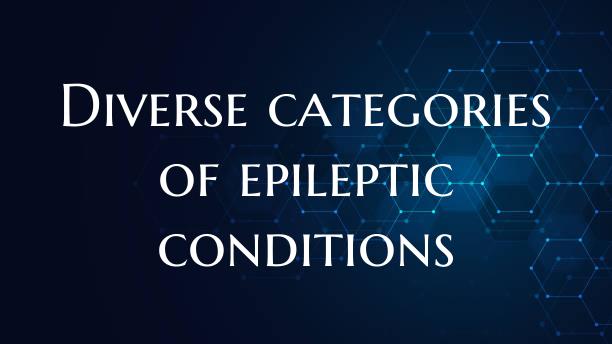
Diverse categories of epileptic conditions
Epilepsy is a neurological disorder characterized by recurrent seizures, which can vary in type, severity, and symptoms. There are many different types of epileptic conditions, each classified according to various factors such as seizure patterns, potential causes, and areas of the brain affected. Understanding the diverse categories of epileptic conditions is crucial for accurate diagnosis and effective treatment.
One common way to categorize epileptic conditions is based on the type of seizures a person experiences. There are two main categories of seizures: focal (partial) seizures and generalized seizures. Focal seizures originate in a specific area of the brain, while generalized seizures involve both sides of the brain. Within these categories, there are further subtypes of seizures, each with its own distinct characteristics.
Another way to classify epileptic conditions is based on potential causes or triggers. Some epileptic conditions are idiopathic, meaning no identifiable cause can be determined. Others may be caused by head trauma, brain tumors, infections, genetic factors, or developmental disorders. Understanding the underlying cause of epilepsy can help healthcare providers tailor treatment plans to address the specific needs of each individual.
Additionally, epileptic conditions can be categorized based on the age of onset. While epilepsy can develop at any age, certain types are more common in children, while others are more prevalent in adults or older individuals. Pediatric epileptic conditions may present differently and require specialized care to ensure optimal outcomes.
Furthermore, epileptic conditions can be classified based on the area of the brain affected. Some forms of epilepsy are characterized by seizures originating in specific regions of the brain, such as the frontal lobe, temporal lobe, or occipital lobe. The location of the seizure activity can influence symptoms and treatment approaches, highlighting the need for accurate diagnosis through imaging studies and EEG tests.
In summary, the diverse categories of epileptic conditions encompass a wide range of seizure types, causes, age groups, and brain regions. By understanding these classifications, healthcare providers can make informed decisions about treatment options, medication regimens, and lifestyle modifications to help individuals manage their epilepsy effectively. A personalized approach to care that takes into account the unique characteristics of each epileptic condition is essential for improving quality of life and reducing seizure frequency.